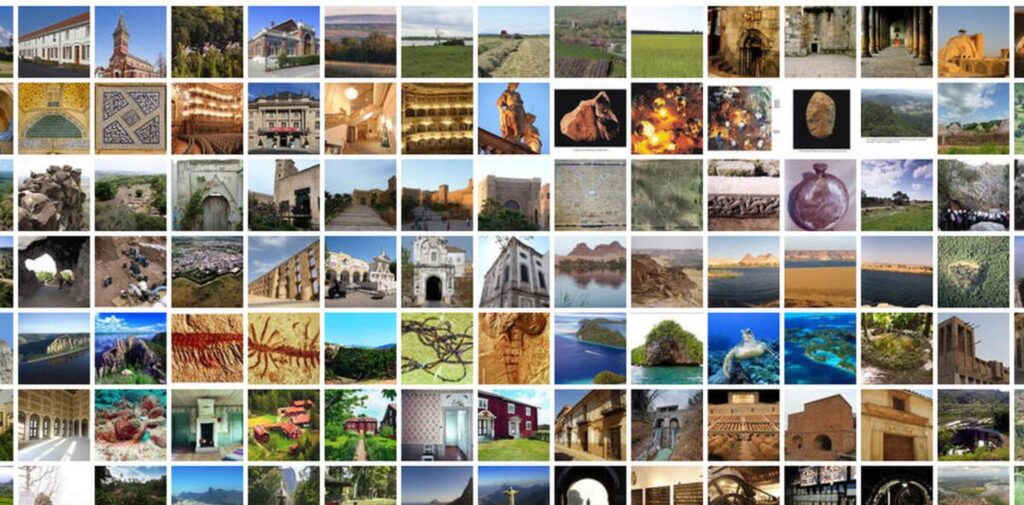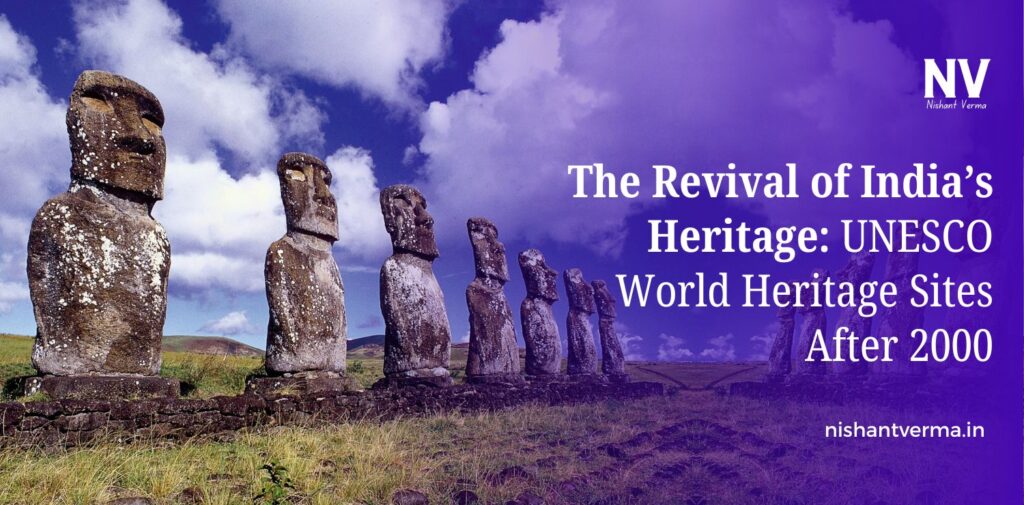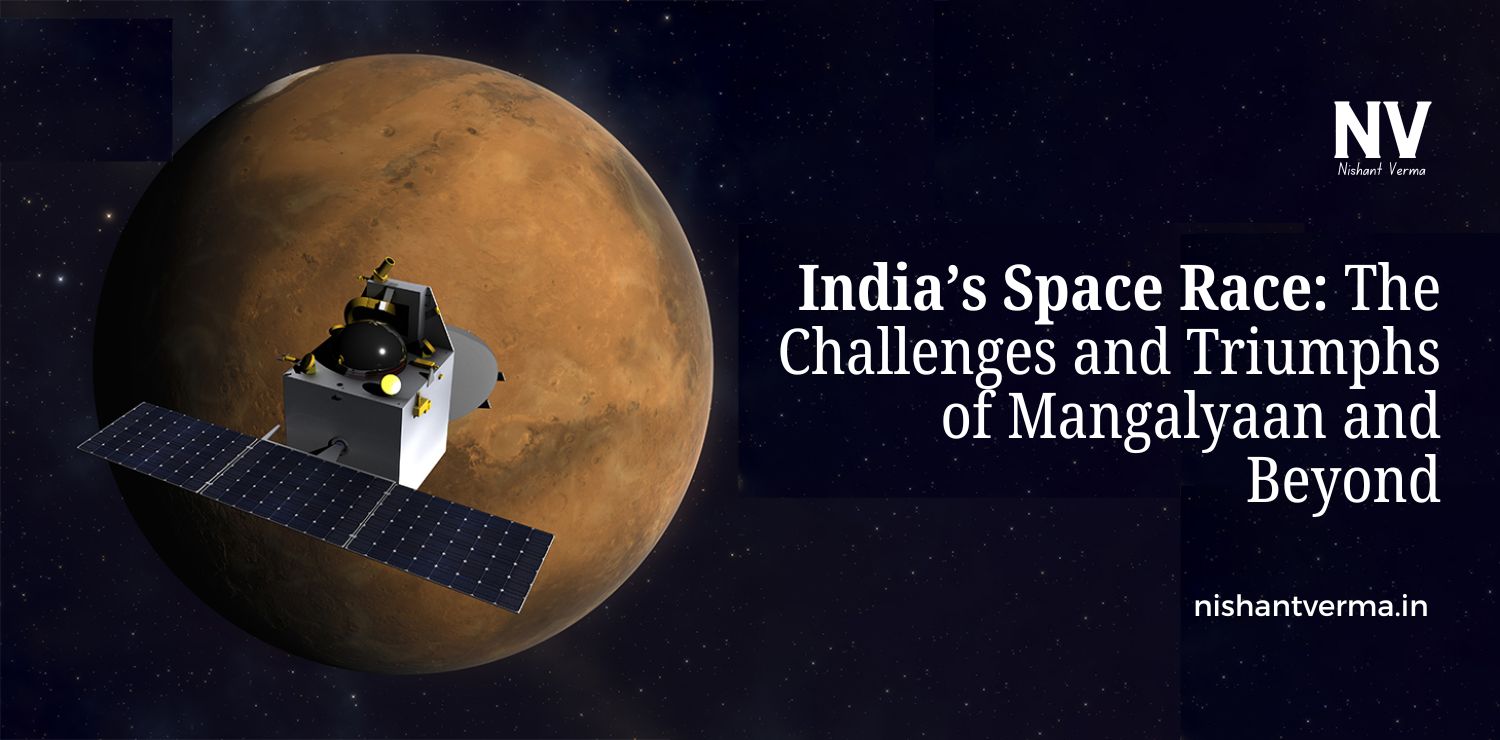India is a country with a rich and diverse history, filled with ancient monuments, temples, forts, and cities that reflect the glory of its past civilizations. Over the years, India’s cultural heritage has faced many challenges, including natural disasters, urbanization, and neglect. However, since the turn of the 21st century, there has been a renewed effort to preserve and protect India’s cultural legacy. This has led to a significant number of UNESCO World Heritage Sites being added to India’s list, showcasing the country’s rich history and its commitment to preserving it for future generations.
Let’s dive into the revival of India’s heritage and explore the significance of UNESCO World Heritage Sites in India since 2000.
What Are UNESCO World Heritage Sites?
UNESCO World Heritage Sites are landmarks or areas recognized by the United Nations Educational, Scientific and Cultural Organization (UNESCO) for their cultural, historical, scientific, or natural importance. These sites are considered to be of outstanding value to humanity and are protected and preserved by international treaties. The inclusion of a site on the World Heritage List often brings global attention and funding for preservation efforts.
India, known for its ancient culture, has a large number of UNESCO World Heritage Sites. These include both cultural sites, like temples and palaces, and natural sites, such as national parks and wildlife sanctuaries. Since 2000, India has made significant strides in reviving and preserving its heritage by adding many new sites to the World Heritage List.

The Importance of Preserving Heritage
The preservation of cultural heritage is not just about safeguarding monuments and historical sites. It is about keeping alive the identity and history of a nation. These sites are living symbols of a country’s evolution, reflecting the creativity, engineering skills, and values of past civilizations.
Preserving India’s heritage is also important for tourism, as these sites attract millions of visitors from around the world. It is a way to educate people about India’s history and inspire future generations to take pride in their cultural legacy. With increased awareness, India has managed to bring attention to its heritage, ensuring that these incredible sites are not lost to time.
New Additions to India’s UNESCO Heritage List
Since the year 2000, India has added several significant sites to its World Heritage List, showcasing a variety of cultural, historical, and natural wonders. These sites span different regions of the country, reflecting the diversity of India’s heritage.
a. Red Fort Complex, Delhi (2007)
The Red Fort, located in the heart of India’s capital, Delhi, is one of the most iconic symbols of Mughal architecture. Built in the 17th century, this majestic fort complex served as the main residence of the Mughal emperors for over 200 years. It was recognized by UNESCO for its stunning architectural features, which blend Persian, Timurid, and Indian influences. The fort also represents a period of great cultural and political significance in Indian history.
b. The Qutub Minar, Delhi (2007)
Another gem from Delhi added to the World Heritage List is the Qutub Minar. Standing tall at 73 meters, it is one of the tallest brick minarets in the world. Built in the 12th century, the Qutub Minar marks the beginning of Muslim rule in India. It is not just a marvel of engineering but also a reflection of India’s historical and cultural transformation during the medieval period.
c. The Hill Forts of Rajasthan (2013)
The Hill Forts of Rajasthan, a group of six forts situated on the Aravalli Range, are excellent examples of Rajput military architecture. These forts, including Kumbhalgarh, Chittorgarh, and Mehrangarh, have stood the test of time and continue to be symbols of the bravery and architectural genius of the Rajput rulers. They offer an impressive view of the history of Rajasthan and India’s warrior culture.
d. Rani-ki-Vav, Gujarat (2014)
Rani-ki-Vav, located in Patan, Gujarat, is an extraordinary step-well built in the 11th century. This architectural marvel was originally constructed to honor a king, but it later fell into disuse and was buried under sand. In the 1980s, it was rediscovered and excavated, revealing its intricate carvings and sculptures. It stands as a testimony to the ingenuity of ancient Indian engineering, especially in water conservation.
e. The Churches and Convents of Goa (2017)
The Churches and Convents of Goa represent the fusion of European and Indian architectural styles, reflecting Goa’s colonial past under Portuguese rule. These churches, including the famous Basilica of Bom Jesus, house the remains of St. Francis Xavier and are centers of Christian pilgrimage. They are significant not only for their architectural beauty but also for their role in the spread of Christianity in Asia.

4. Reviving Cultural Heritage through Conservation
Conservation efforts have been a key part of the revival of India’s heritage. The Indian government, alongside UNESCO, has worked tirelessly to ensure the protection and restoration of these valuable sites. Efforts have included providing funds for restoration projects, enhancing security measures, and developing sustainable tourism models that don’t harm the environment.
Additionally, local communities play an essential role in the conservation process. In many cases, communities living near UNESCO World Heritage Sites are involved in the preservation efforts. This approach helps create a sense of ownership among the people and encourages them to protect and maintain the heritage of their region.
For example, in the case of the Qutub Minar and Red Fort, the restoration process has involved careful cleaning of the structures and reinforcing them against natural wear and tear. Moreover, in natural sites like the Western Ghats and Sundarbans, India has focused on environmental conservation, preserving flora and fauna while ensuring these areas remain ecologically sustainable.
The Role of Technology in Heritage Revival
In recent years, technology has played an important role in the revival and protection of India’s heritage. Using advanced methods like 3D scanning, laser mapping, and digital modeling, experts can study and restore sites without damaging them. These technologies have allowed for more precise conservation and have provided detailed records for future generations.
Digital tools also allow for virtual tours of many heritage sites, giving people around the world the opportunity to explore India’s treasures without physically visiting them. This makes heritage sites more accessible and helps raise global awareness about the importance of preserving cultural landmarks.

Future of India’s Heritage
While India has made significant strides in preserving its cultural and natural heritage, challenges remain. Issues like urbanization, climate change, and unregulated tourism continue to pose risks to these sites. However, with continued efforts from the government, UNESCO, and local communities, India’s heritage is in safe hands.
In the coming years, it is expected that more sites will be added to the World Heritage List as India continues its journey of cultural revival. The recognition of these sites will not only help preserve India’s legacy but also showcase its diverse history to the world.
Conclusion
The revival of India’s heritage through the recognition of UNESCO World Heritage Sites after 2000 is a testament to the country’s dedication to preserving its cultural and historical treasures. These sites serve as living symbols of India’s past, offering insights into its diverse civilizations, architectural marvels, and rich traditions.
By protecting these sites, India ensures that its heritage will continue to inspire future generations and attract global attention. The combination of modern conservation techniques, local involvement, and international collaboration promises a bright future for India’s rich cultural legacy, ensuring that it remains a valuable part of the world’s shared history.




